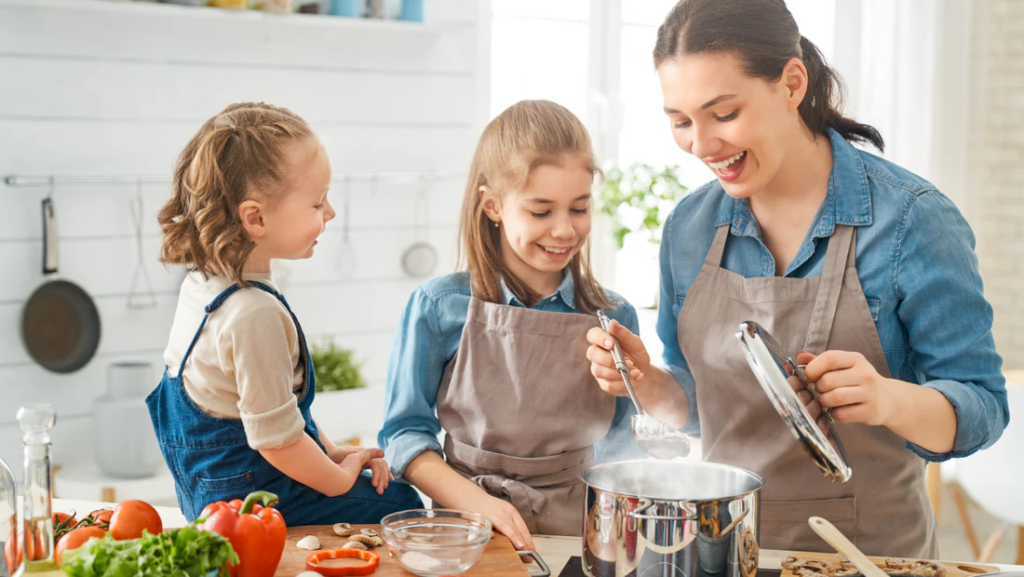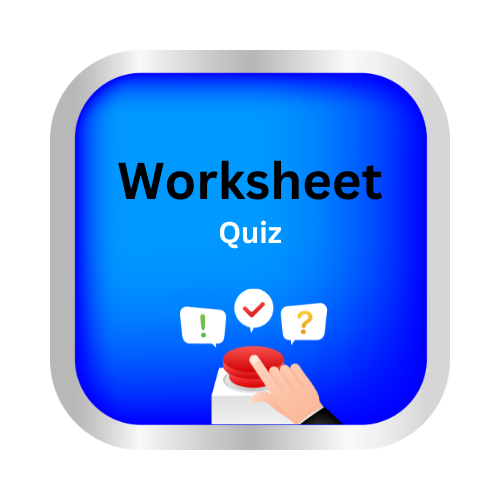At Home
Key Notes:
Introduction to Safety at Home

- Explain that accidents can happen at home, and being careful can prevent them.
- Discuss common dangers at home like slippery floors, sharp objects, and hot appliances.
General Safety Rules
- Avoid Playing with Sharp Objects: Keep scissors, knives, and other sharp tools away.

- Stay Away from Hot Appliances: Avoid touching hot stoves, irons, or kettles.

- Do Not Play with Fire: Matches, lighters, and candles can cause burns or fires.

- Handle Electricity Safely: Never touch electrical sockets or cords with wet hands.

Safety in Specific Areas
- Kitchen Safety: Avoid touching knives, hot pans, or boiling water.

- Bathroom Safety: Watch out for slippery floors and avoid playing with water.

- Staircase Safety: Use the handrail and do not run up or down the stairs.

First Aid Basics
- What is First Aid?: Immediate help given to someone who is hurt before medical help arrives.
- For Small Cuts: Wash the area with clean water, apply an antiseptic, and use a bandage.
- For Minor Burns: Cool the burn with running water and do not apply ice or butter.
- For Nosebleeds: Sit up straight, lean slightly forward, and pinch the nose gently.
- In Case of Choking: Call an adult immediately for help.
Emergency Contacts
- Teach children how to dial emergency numbers (police, fire department, ambulance).
- Explain the importance of informing an adult immediately during emergencies.
Role of Adults
- Always inform parents or guardians about injuries or accidents.
- Never try to treat serious injuries alone.
Safety Tips for Common Activities
- Playing: Play in safe areas and avoid rough play indoors.
- Using Tools: Use safe, age-appropriate tools under supervision.
Being Prepared
Keep a first aid kit at home and know its basic contents:
- Band-aids, antiseptic lotion, cotton, gauze, and scissors.
Practice what to do in emergencies with family.
Let’s practice!

